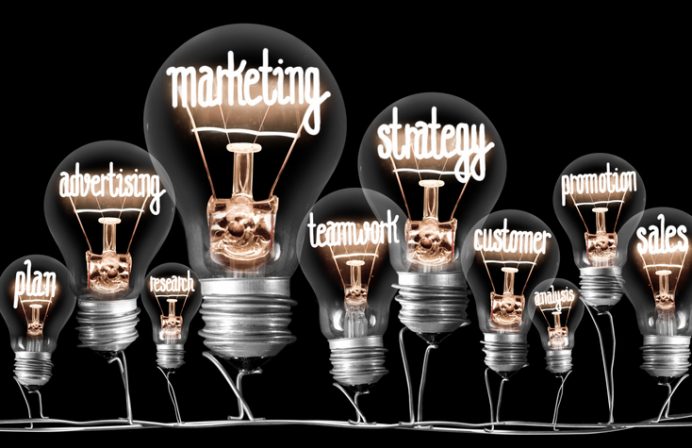The unlikely blending of Accounting and Improvisation is something I have in common with my two guests, Kristen Rampe and Jason Lieu, from Slide Deck Improv. Both Kristen and Jason started their careers in the Accounting field but later discovered Improv as a creative outlet. This prompted Kristen to create Slide Deck Improv, which features improv-based workshops as a way to put the fun back into the way professionals communicate in their workplace.
Slide Deck Improv marries both worlds by working on presentation and communication skills with an improv angle. Besides being in a classroom learning environment, the audience also plays improv games, which is a great way to teach people to think on their feet. The experience not only taps into the creative process, but it also gives you more faith in your abilities and boosts confidence. Participants learn to enhance their speaking and storytelling skills so that they can connect with others in more impactful ways. It teaches people how to observe and try new skills while having much fun in the process.
Kristen designed the program, so there is “a little bit of learning, a little bit of practice, and just a whole lot of fun.” Also, the course helps participants build confidence by assisting them to get “comfortable in the uncomfortable.”
Professional development workshops are notoriously dull, but this one is not. According to Slide Deck Improv, they offer “a fresh and fun classroom experience to help professionals tap into their creativity and gain confidence presenting to groups.”
Besides teaching improv skills, volunteers in the workshop present before the group. They present five slides (one picture per slide) that they have never seen before and a topic that will be selected by the audience. Just imagine a seasoned tax professional speaking on the subject of Botany. At the same time, a picture of cows pops up on the screen. While laughter ripples through the room, the group learns how to make public speaking a little less scary.
All professional groups from sales to engineers will benefit from learning how to engage people with the newfound confidence that Slide Deck Improv provides. Whether it is interacting with your sales team, customers, or management, these skills can be utilized in your profession, but also transfer over into your daily life.
Many professionals are highly analytical and spend a lot of time in their heads. Jason described his experience with Improv as, “In any given moment, I’m in my head trying to digest information. And I like to go back and analyze everything before I come up with an answer. Improv gave me this tool that allowed me to live in the moment, listen to people, and to engage in real-time, and I love the feeling and energy of it.”
Jason expands on the benefits of the program. “I love Improv because it’s such a general skill. It’s not just a business communication skill. It’s a life skill. You can bring this into all your facets of everyday life. And it’s all about connecting with your audience no matter who the audience is. It could be your customers, clients, sales team, internal, external, whatever. It comes down to people talking to people. And if you can connect and engage people, you’re going to have this newfound confidence in your work.”
Everyone can benefit from this kind of workshop, whether you are a CEO or a young professional. Improving your communication skills while in a less traditional forum sparks more productive business relationships.
You can join in on the fun, while Kristen and Jason show off their improv skills during season 2, episode 13 of Change Your Mindset podcast by clicking here. You’ll get a taste of how the programs work while gaining valuable insight into the process. Thank you, Kristen and Jason, for taking the time to share your innovative program.
Visit SlideDeckImprov.com to find out more about how you can ‘Step Away from the Script.’





